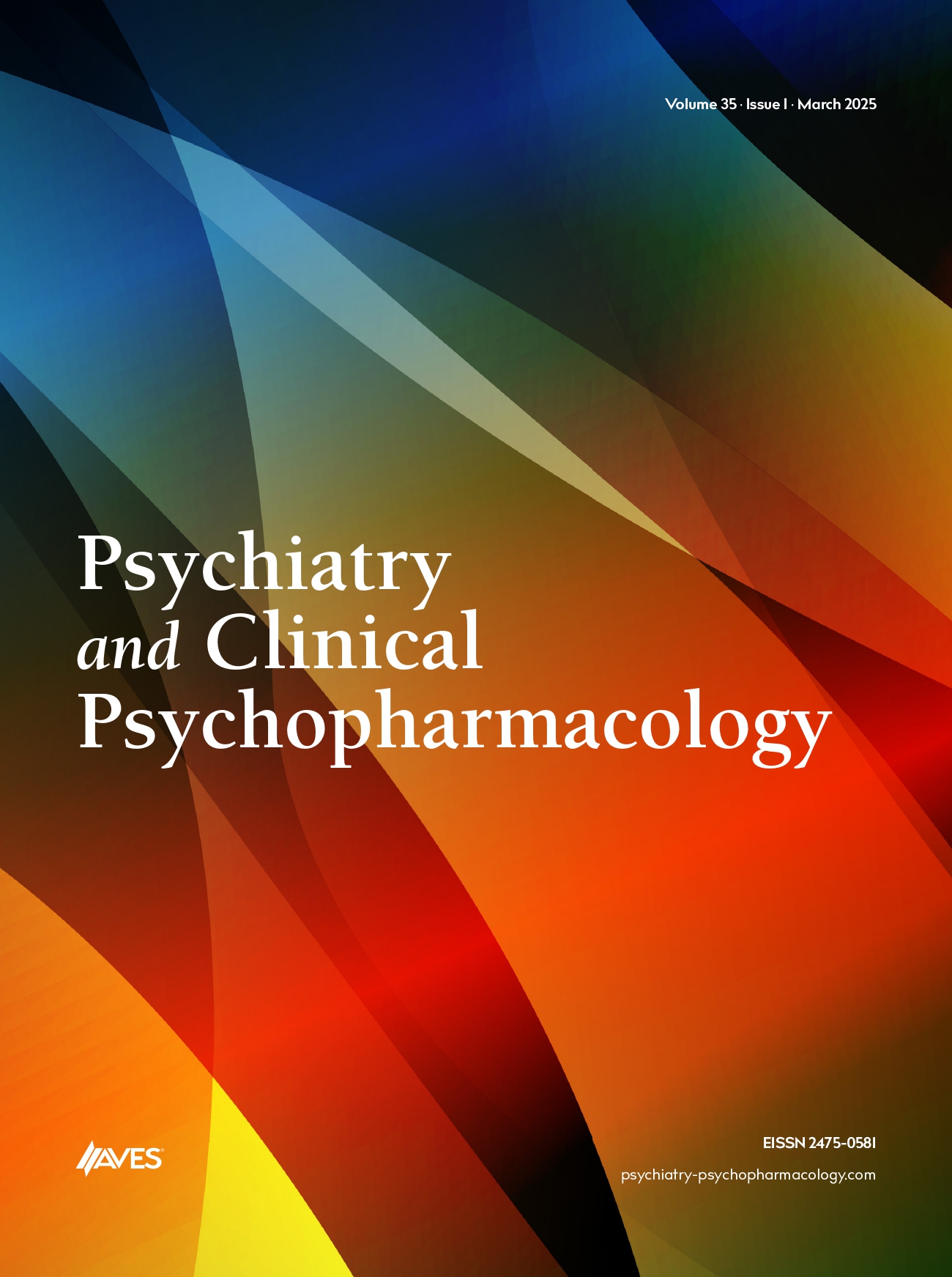Evaluating the Impact of Individualized Health Education and Cognitive Training on Clopidogrel Treatment in Elderly Stroke Patients
Main Article Content
Abstract
Background: This study aimed to evaluate the nursing efect of individualized health educationcombined with cognitive training on clopidogrel treatment in elderly stroke patients.
Methods: One hundred and twelve elderly stroke patients treated in our neurology department from January to June 2019 were randomly divided into experimental and control groups. The control group received clopidogrel therapy, conventional nursing, rehabilitation exercises, and conventional health education. The experimental group received the same treatment plus individualized health education and cognitive training. The intervention efect was assessed using the Montreal Cognitive Assessment (MoCA), the Health Education Questionnaire, the activity of daily living scale (ADL), and the Nurse Job Satisfaction Questionnaire before intervention, at 4 weeks and at 12 weeks.
Results: After 4 and 12 weeks of intervention, patients in both groups showed improvements in MoCA scores, health education awareness rate, ADL scores, and nurses’ job satisfaction compared to baseline. Moreover, the experimental group exhibited higher scores than the control group (P < .05), with statistically signifcant diferences (P < .05).
Conclusion: Individualized health education combined with cognitive training efectively enhances cognitive function, stroke awareness, health education adherence, and self-care ability in elderly stroke patients receiving clopidogrel treatment, thereby improving their overall quality of life.
Cite this article as: Ning M, #, Zheng C, et al. Evaluating the impact of individualized health education and cognitive training on clopidogrel treatment in elderly stroke patients. Psychiatry Clin Psychopharmacol. 2025;35(1):55-59.

